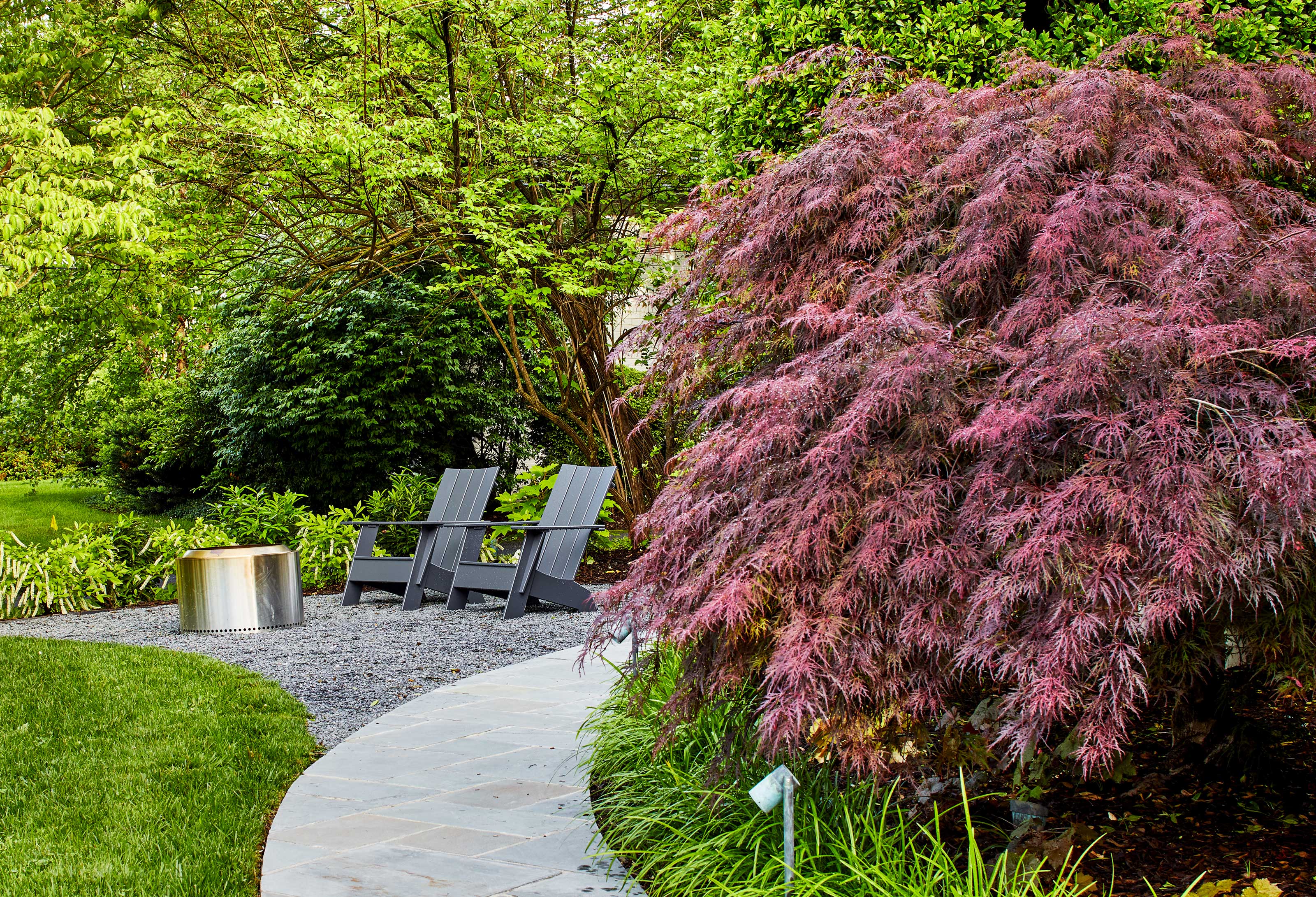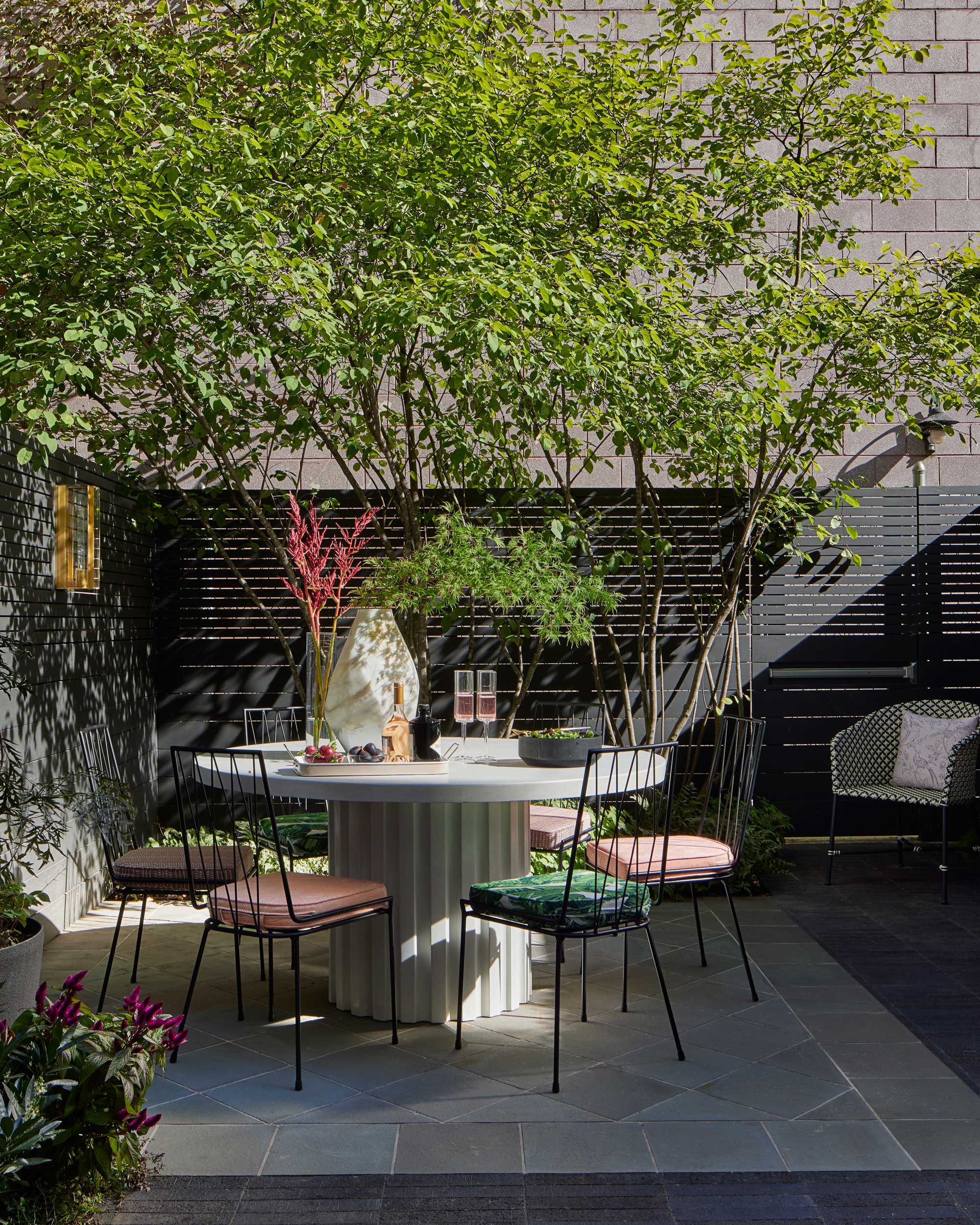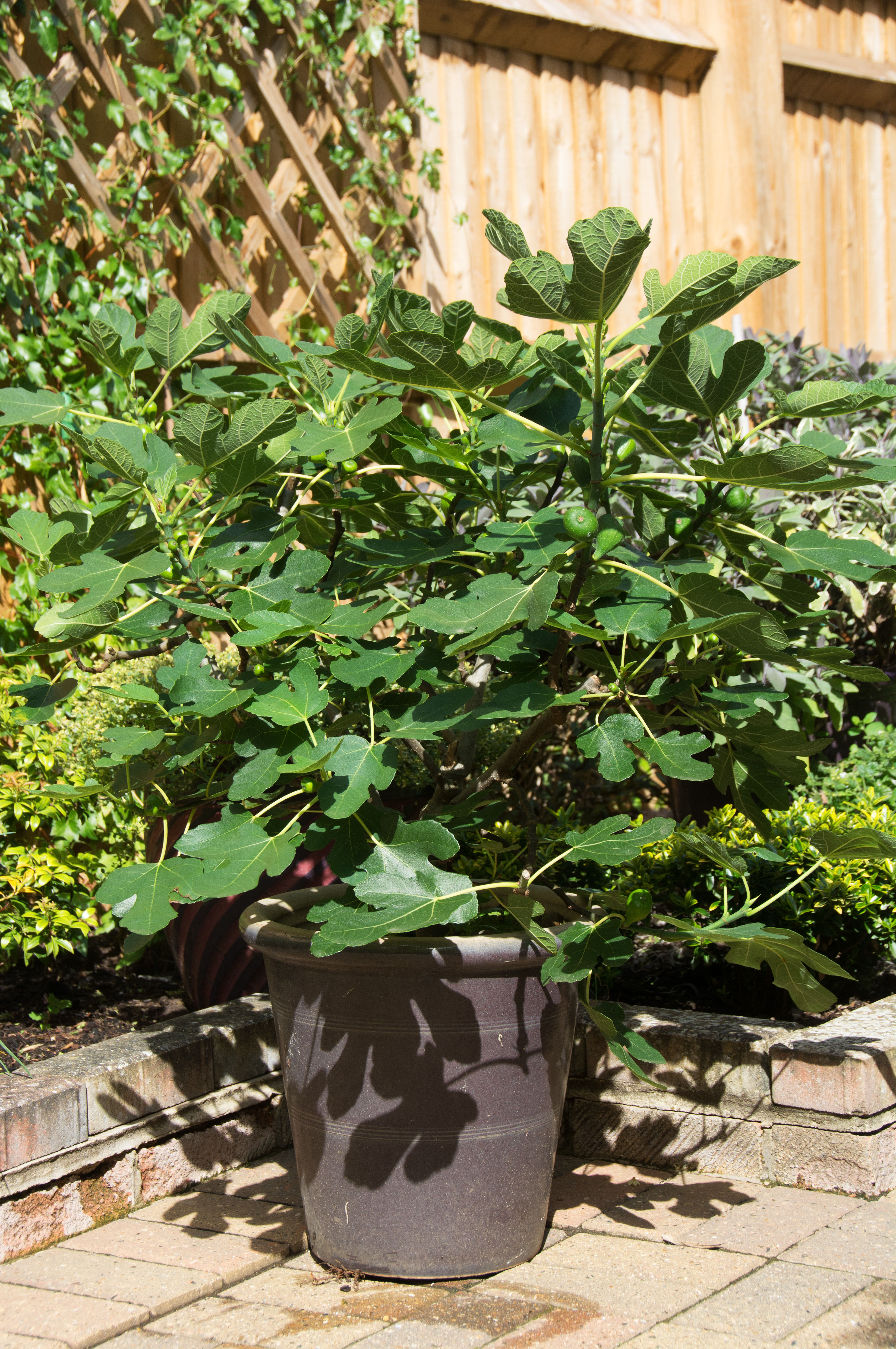
If you ask me, there are certain levels of achievement on the green-thumbed scale. First, plain and simple, is keeping a houseplant alive. Second is growing your own food from a vegetable garden. The pinnacle? Planting your own tree in your backyard and watching it grow as the years go by.
Actually, once established, trees are actually a far easier type of foliage to introduce to your backyard than more common flowers or shrubs. Once they're rooted and as long as they have the right conditions, the rest is mostly down to mother nature. The trick from our end is planting them when the time is right, and it's actually something many of us get wrong.
Perhaps you want to introduce a row of trees as a screening idea in your front yard, or maybe you think your landscape needs some extra height added to the mix. Whatever your reason for wanting a tree, we're here to help you decide when to plant it (and you might want to hold off for a while). Here's what you need to know.
When is the best time of year to plant trees?

Common sense would say you should plant trees in the spring when most plans are in their peak growing period. While that's certainly the case for some types of trees, it doesn't apply across the board.
'The best time to plant trees generally depends on the climate and the specific type of tree,' explains Zahid Adnan, plant expert at The Plant Bible. 'However, a common recommendation is to plant trees in the dormant season, either in late fall or early spring when the weather is mild. This allows the tree to establish its roots before facing the stress of hot or cold temperatures.'
If you've missed your chance to plant the best trees to grow in pots in spring, it might be tempting to just take a shovel and place it in the ground now. After all, it will receive plenty of light from the summer sun, and you've vowed to water it regularly while it's warm. But as keen as you might be to introduce your new greenery to your outdoor space, experts urge your to hold off until the time is right.
'The timing of tree planting is crucial for its long-term growth and survival,' says Lina Cowley, blogger at Trimmed Roots. 'While some trees can be planted year-round, there are a few key factors to consider before deciding the best time for planting.' Before you make any commitments, make sure you give thought to these factors and the needs for your specific type of tree.
What factors influence the perfect time for tree planting?

So, what are the important factors to bear in mind before planting a tree? Besides your more aesthetic tree landscaping considerations, Lina says you need to spare a thought to your climate, the tree species in question, your soil conditions, and any local weather patterns.
'Climate plays a significant role in determining the ideal planting time,' she says. 'Trees should be planted when the climate is mild, and the soil is workable. Extreme weather conditions such as frost, heatwaves, or heavy rainfall can negatively impact the success of tree establishment. It's crucial to choose a time when the weather is relatively stable and favorable for tree growth.'
That reconfirms that the extremes of summer and winter are out of the question, then. Another important external factor to consider is the tree species itself. 'Different trees have different preferences when it comes to planting time,' Lina adds. 'Some trees thrive when planted in the spring, while others prefer the fall. Researching the specific needs and requirements of the tree species you intend to plant is essential to ensure their successful establishment.'
Zahid also urges you to think about the localized conditions in your area or even your garden itself. 'It's important to consider the average temperatures and frost dates in your area,' he says. This doesn't only apply to temperature, either. Perhaps you live on the coast where high winds are common, or maybe you have particularly alkaline soil levels - be sure to do your research on whether or not your desired species of tree will be able to withstand such conditions.
What trees are best for planting in your backyard?

Naturally, there are some trees that will make better choices for your garden than others. Much of this falls upon common sense. If you have a small backyard for example, don't go planting an ash tree. You also don't want to plant a tree with a large root system that could cause cause damage to paving or the structure of your house itself.
If you wanting to introduce some of the best trees for privacy, the likes of Japanese Maple, Cypress, and Cherry are all sound choices. For something more decorative, an olive, magnolia, or a fruit tree (climate permitting) might make a better option. Once again, however, you will have to take a variety of factors into consideration before you decide whether a particular type of tree is suitable.
'The choice of trees for a garden depends on several factors, including the available space, soil conditions, and purpose, such as shade, privacy, or ornamental,' explains Zahid. 'Some popular tree options for gardens include maple trees, dogwood trees, cherry trees, oak trees, and flowering trees like magnolias and redbuds.'
Be sensible about where you plant your tree, too, bearing in mind it could grow to a significant height. As Lina notes: 'It's important to consider the growth characteristics and maintenance requirements of the tree species before making your final decision.' Always ensure there's enough space for your tree to flourish, so don't plant any type of tree too close to your house or directly in front of a window where you'll have to prune it too often.
Overall, is it better to plant trees in fall or spring?
Even after hours of research, it can be hard to know if you're planting your tree at the proper time. While cherry trees are best planted in spring and maples tend to do best when planted in fall, with some trees - like the magnolia - it depends. For example, in warmer climates magnolias should be planted in late fall or winter, while early spring is better for colder climates. Just to add more confusion to the mix, it could also differ depending on the specific species of magnolia, too.
Each season also has its advantages and disadvantages. 'Fall planting allows trees to establish their roots before the harsh winter sets in,' says Lina. 'The soil is still warm, and there is typically more rainfall, providing optimal conditions for root growth.' Meanwhile, spring allows trees to take advantage of the increased sunlight and longer days, promoting more above-ground growth. 'Ultimately, the choice between fall and spring planting should be based on the specific needs of the tree species and your local climate,' Lina adds.
Generally, your tree will likely be just fine either way. You'll be raping the benefits of lush greenery, added shade, and an elevated modern garden before you know it.







